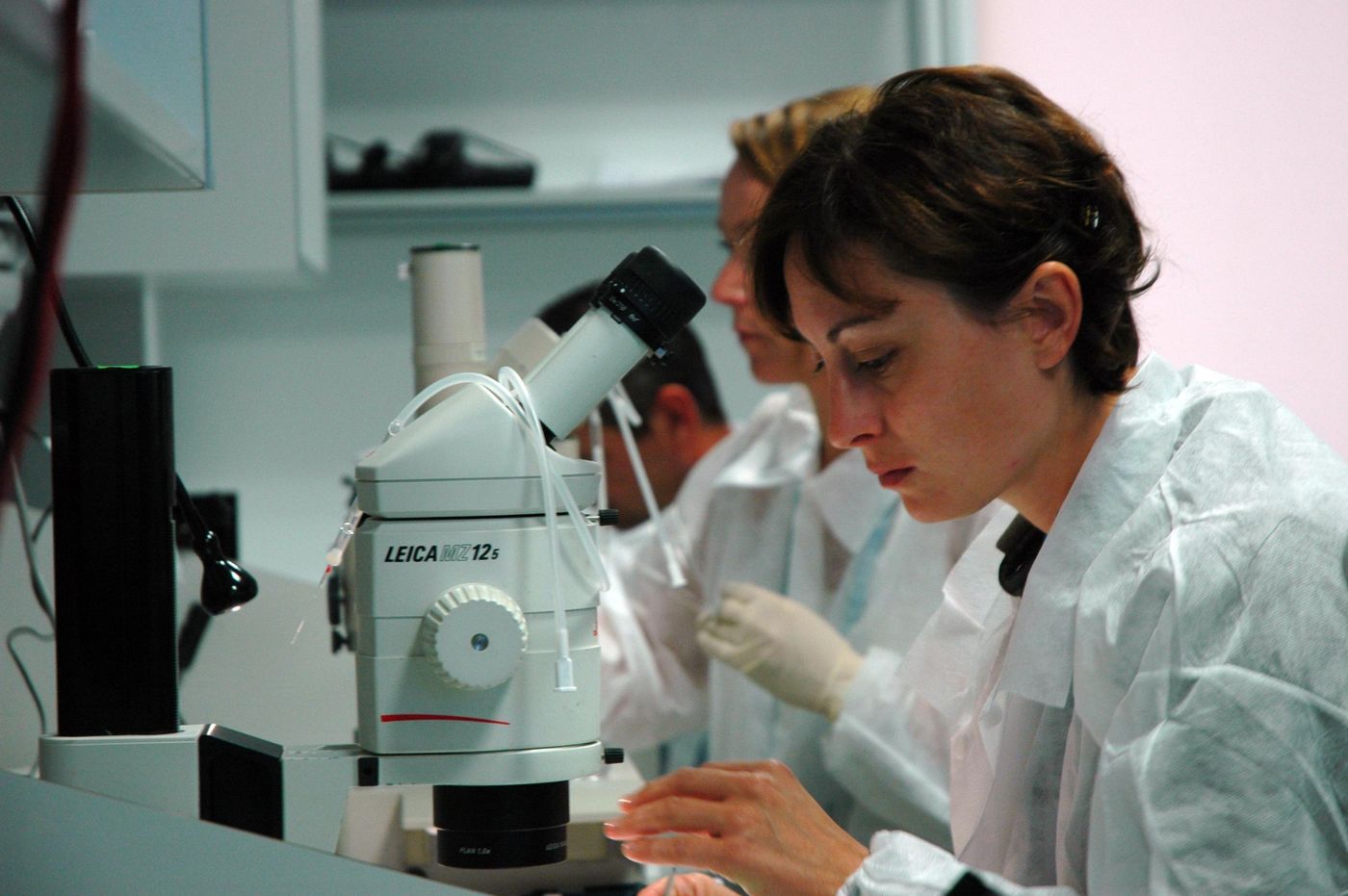Scientists have invented microscopic swimming devices that work on the scientists' behalf without being manually guided. These tiny spherical bead-like devices can instead by guided by physical structures while swimming inside fluids. They are similar in size to cells and open many possibilities in multiple fields. In the medical field, which the researchers are currently focusing on, they could potentially deliver drugs to targeted locations inside the body and perform micro-surgery on targeted cells.
Researchers could not previously figure out how to guide microscopic devices that actively convert chemical energy into mechanical motion. Prior to this method, researchers focused on external magnetic fields to steer the devices. However, this required their constant observation because the device had to be manually controlled.
Engineers at the University of Sheffield prompted the motion of the motors by giving the devices a catalytic coating on one side. They then triggered the coating by adding fuel molecules. The major obstacle was guiding the micro-motor against the impact of
Brownian rotation, which randomizes the orientation of a molecule due to collision with other molecules. They overcame this problem by using hydrodynamic effects to actively contain the Brownian rotation in a rotational well. This caused the device to move independently on a predetermined route, using natural physical structures as a guide.
"We are now working on applications for using these devices in the body,” biochemical engineer Stephen Ebbens said. “In the shorter term, [we’re] focusing on using [the devices] for medical diagnosis.”
These devices also have the potential to be used in the environmental field. For instance, they could locate indicators of contamination in environmental samples. They could additionally deliver neutralizing chemicals to areas affected by oil spills, by using crevices in rocks as the structural guide.
The specific chemicals and methods necessary to guide the structures can be found in the
study, which was publicly published on December 2 in Nature Communications.
Source:
Press Release via
The University of Sheffield,
Journal Article via
Nature Communications


![Everything You Need To Know About NGS [eBook]](https://d3bkbkx82g74b8.cloudfront.net/eyJidWNrZXQiOiJsYWJyb290cy1pbWFnZXMiLCJrZXkiOiJjb250ZW50X2FydGljbGVfcHJvZmlsZV9pbWFnZV9mNTM1ZjIyYzA5MDE5ZmNmMWU5NmI0ZDc4NWU2MzdiZTZlN2I5ZDk5XzE4NDUuanBnIiwiZWRpdHMiOnsidG9Gb3JtYXQiOiJqcGciLCJyZXNpemUiOnsid2lkdGgiOjcwMCwiaGVpZ2h0IjozNTAsImZpdCI6ImNvdmVyIiwicG9zaXRpb24iOiJjZW50ZXIiLCJiYWNrZ3JvdW5kIjoiI2ZmZiJ9LCJmbGF0dGVuIjp7ImJhY2tncm91bmQiOiIjZmZmIn19fQ==)






